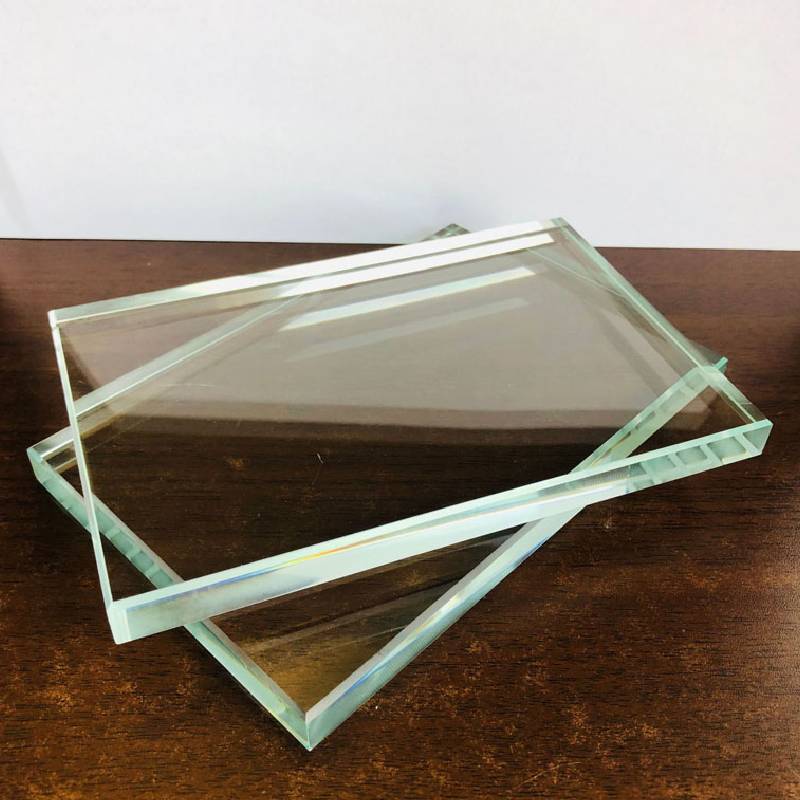The Aesthetic and Functional Appeal of Tinted Glass A Comprehensive Look at Color and Design
Tinted glass, with its rich spectrum of colors and varying degrees of opacity, has become a popular choice in both residential and commercial architecture. From its aesthetic allure to its functional benefits, tinted glass plays a crucial role in contemporary design. This article explores the significance of tinted glass, focusing on its color properties, applications, and psychological effects.
Understanding Tinted Glass
Tinted glass is produced by adding colorants to the glass during manufacturing or by applying a thin film on the surface. This results in a range of shades, from subtle hues to bold saturated colors, allowing architects and designers to create unique visual experiences. The tinting process not only alters the color but also affects the transmission of light, glare reduction, and solar heat gain.
The color of tinted glass can serve various purposes—from enhancing the beauty of a building to improving its energy efficiency. Common colors include green, blue, bronze, and gray, each bringing a different vibe and aesthetic to the space. For instance, blue-tinted glass can evoke a sense of calm and serenity, while green may connect the building with environmental elements.
Aesthetic Appeal
The use of color in tinted glass significantly impacts the overall appearance of a structure. It offers the opportunity to play with light and shadow, transforming how spaces are perceived. For instance, large glass facades in urban environments can utilize tinted glass to create a dynamic interplay of color, making the building a visual focal point.
Moreover, tinted glass can reflect the surrounding environment, integrating the structure into its landscape. A building with bronze-tinted glass may blend beautifully with earthy tones, while blue-tinted glass can mirror the sky, creating a sense of continuity between the architecture and its surroundings. This characteristic can enhance both the exterior and interior ambiance, contributing to a cohesive design.
tinted glass colour
Functional Benefits
Beyond aesthetics, tinted glass provides numerous practical advantages. One of the primary benefits is its ability to reduce glare and control solar heat gain. In regions with intense sunlight, tinted glass can help maintain comfortable indoor temperatures, reducing the reliance on air conditioning and, consequently, energy costs. This capability not only contributes to energy efficiency but also promotes sustainability, making tinted glass an environmentally friendly choice.
Additionally, tinted glass improves privacy without sacrificing natural light. For office buildings, conference rooms, and residential spaces, the right tint can obscure views from the outside while allowing occupants to enjoy daylight. This balance between privacy and openness is crucial in modern design, where the emphasis is increasingly on creating harmonious living and working environments.
Psychological Effects of Color
The psychological impact of color is an essential consideration in the use of tinted glass. Colors can influence mood, perception, and even behavior. For instance, shades of green are often associated with nature, evoking feelings of tranquility and balance. Similarly, blue-tinted glass can stimulate creativity and inspire calmness. These psychological effects are particularly valuable in spaces designed for relaxation, work, or social interaction.
Designers can leverage these color connotations to create spaces that promote well-being and productivity. In settings such as schools, hospitals, and workplaces, the careful selection of tinted glass colors can make a significant difference in how individuals experience these environments.
Conclusion
In conclusion, tinted glass combines aesthetic appeal with functional benefits, making it a vital element in modern architecture. Its varied color options not only enhance the beauty of buildings but also contribute to energy efficiency and psychological well-being. As architects and designers continue to explore innovative uses for tinted glass, it will undoubtedly remain a key feature in the evolution of architectural design. By thoughtfully selecting colors, they can transform ordinary spaces into extraordinary environments that resonate with their occupants.
 Afrikaans
Afrikaans  Albanian
Albanian  Amharic
Amharic  Arabic
Arabic  Armenian
Armenian  Azerbaijani
Azerbaijani  Basque
Basque  Belarusian
Belarusian  Bengali
Bengali  Bosnian
Bosnian  Bulgarian
Bulgarian  Catalan
Catalan  Cebuano
Cebuano  Corsican
Corsican  Croatian
Croatian  Czech
Czech  Danish
Danish  Dutch
Dutch  English
English  Esperanto
Esperanto  Estonian
Estonian  Finnish
Finnish  French
French  Frisian
Frisian  Galician
Galician  Georgian
Georgian  German
German  Greek
Greek  Gujarati
Gujarati  Haitian Creole
Haitian Creole  hausa
hausa  hawaiian
hawaiian  Hebrew
Hebrew  Hindi
Hindi  Miao
Miao  Hungarian
Hungarian  Icelandic
Icelandic  igbo
igbo  Indonesian
Indonesian  irish
irish  Italian
Italian  Japanese
Japanese  Javanese
Javanese  Kannada
Kannada  kazakh
kazakh  Khmer
Khmer  Rwandese
Rwandese  Korean
Korean  Kurdish
Kurdish  Kyrgyz
Kyrgyz  Lao
Lao  Latin
Latin  Latvian
Latvian  Lithuanian
Lithuanian  Luxembourgish
Luxembourgish  Macedonian
Macedonian  Malgashi
Malgashi  Malay
Malay  Malayalam
Malayalam  Maltese
Maltese  Maori
Maori  Marathi
Marathi  Mongolian
Mongolian  Myanmar
Myanmar  Nepali
Nepali  Norwegian
Norwegian  Norwegian
Norwegian  Occitan
Occitan  Pashto
Pashto  Persian
Persian  Polish
Polish  Portuguese
Portuguese  Punjabi
Punjabi  Romanian
Romanian  Russian
Russian  Samoan
Samoan  Scottish Gaelic
Scottish Gaelic  Serbian
Serbian  Sesotho
Sesotho  Shona
Shona  Sindhi
Sindhi  Sinhala
Sinhala  Slovak
Slovak  Slovenian
Slovenian  Somali
Somali  Spanish
Spanish  Sundanese
Sundanese  Swahili
Swahili  Swedish
Swedish  Tagalog
Tagalog  Tajik
Tajik  Tamil
Tamil  Tatar
Tatar  Telugu
Telugu  Thai
Thai  Turkish
Turkish  Turkmen
Turkmen  Ukrainian
Ukrainian  Urdu
Urdu  Uighur
Uighur  Uzbek
Uzbek  Vietnamese
Vietnamese  Welsh
Welsh  Bantu
Bantu  Yiddish
Yiddish  Yoruba
Yoruba  Zulu
Zulu 

